Traditional workers inspire Gwent Levels sculpture trail
- Published
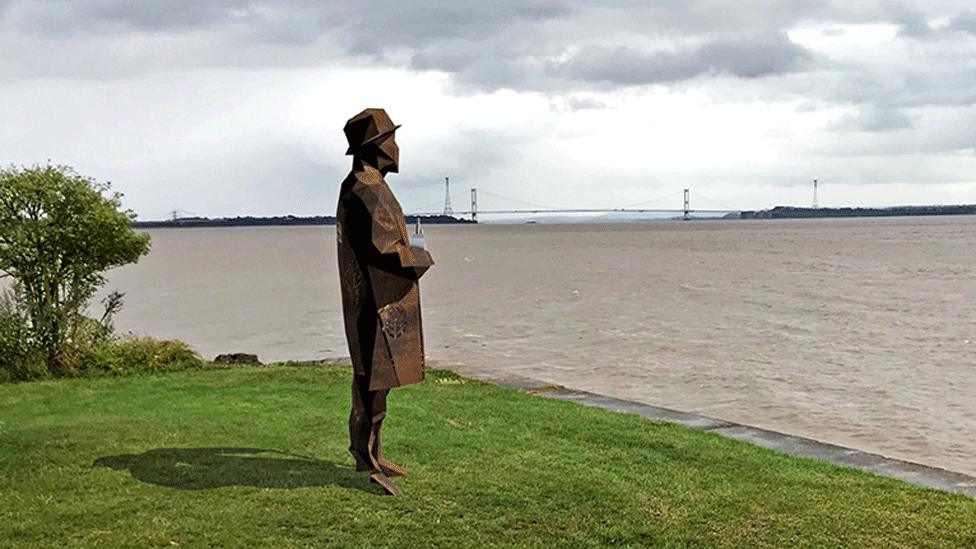
The Engineer will stand between the two bridges across the Severn
A series of sculptures highlighting the working history and maritime heritage of the Gwent Levels are to be installed across the region.
Three figures representing land, sea and engineering workers have been commissioned by the Living Levels Partnership.
Members of the public proposed ideas for the first three and are being asked for help with three more.
The first sculptures are planned for February.
One is The Engineer, which is being created by sculptor Rubin Eynon.
It is inspired by the Victorian engineer Thomas A Walker, who completed the Severn Tunnel and worked on the Barry docks, but is intended to represent all those who worked in engineering and helped shaped the area's infrastructure.
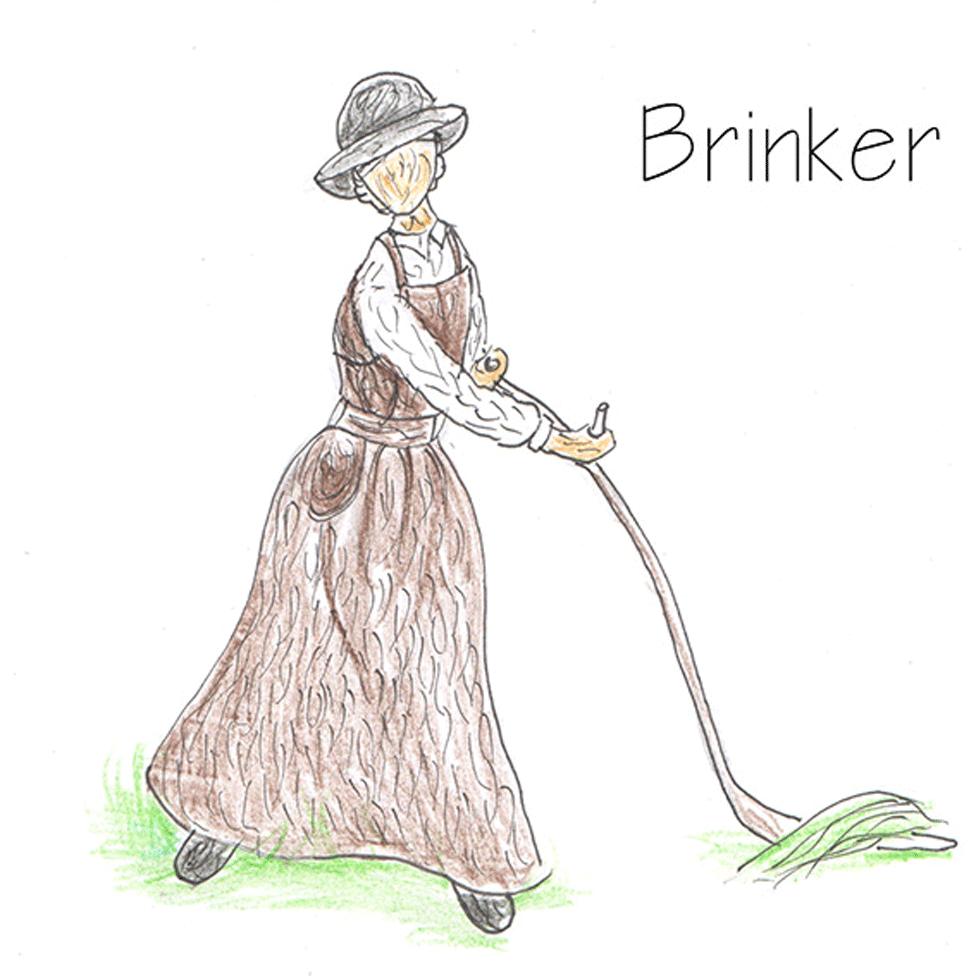
A brinker worked the land using a scythe
In a similar way to Anthony Gormley's Angel of the North sculpture, The Engineer will be made from corten steel, which will weather to give the 2.4m figure a rusty appearance while protecting the steel underneath.
The figure will be holding a model of Sudbrook village, which was largely created by Walker to house workers for the Severn tunnel's construction, and will be placed at the Black Rock picnic spot on the Severn estuary near Caldicot.
Another of the works being created for unveiling next month is The Brinker, a sculpture designed by willow artists Sarah Hatton and Melanie Bastier.
A brinker is a person who owns and works land on one side of a reen - the network of narrow waterways which crisscross the Levels - or a wall, or pill - a tidal creek.
Traditionally, a brinker would use a scythe to clear away vegetation from the land.
This figure will be placed at Magor Marsh and will have two bird nesting sites built into pockets on either side of the 2.5m (8ft) sculpture.
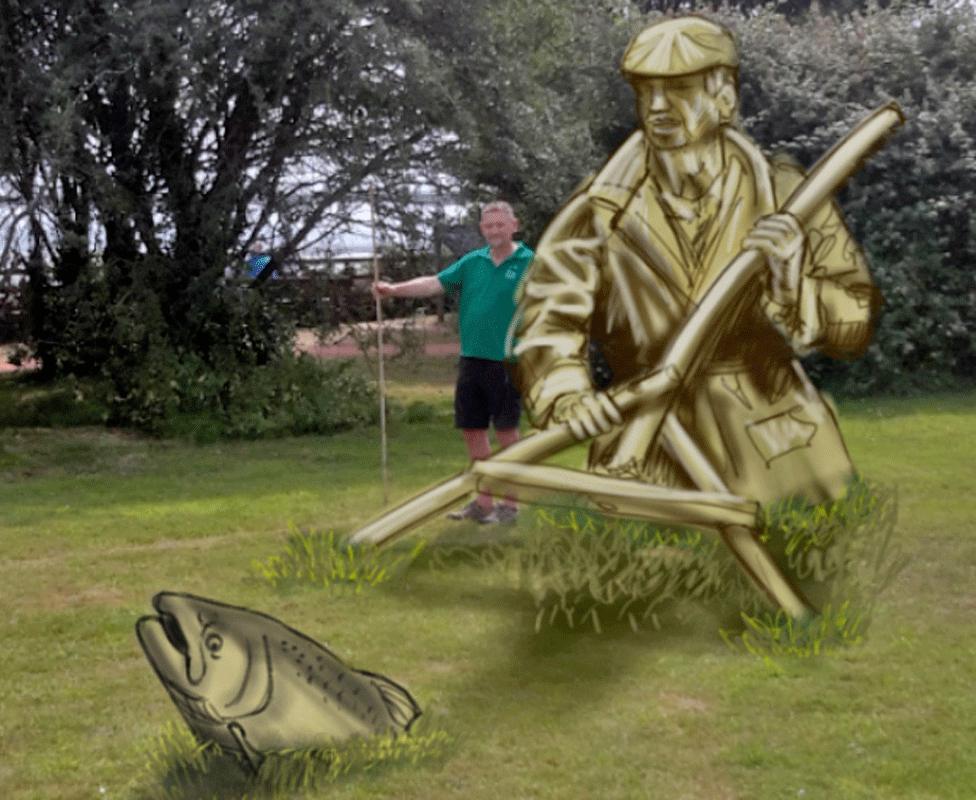
There are still lave net fishers operating in the Gwent Levels
The third is The Lave Net Fisherman, which will highlight traditional salmon fishing practices in the area using a Y-shaped frame and a net, which is still carried out in Black Rock, where the statue will be located.
This will be made out of oak by Caerleon-based sculptor Chris Wood.
Living Levels access and interpretation officer Chris Harris said input from the public had been really important in creating the first three projects and would help shape decisions about the next set of three, expected to be commissioned for installation in 2021.
- Published4 June 2019
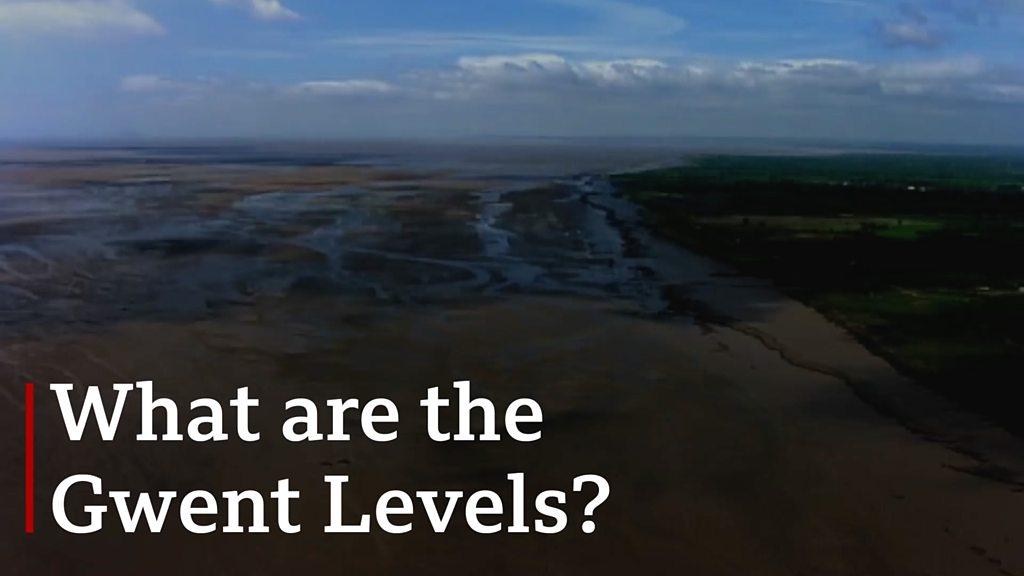
- Published27 February 2017
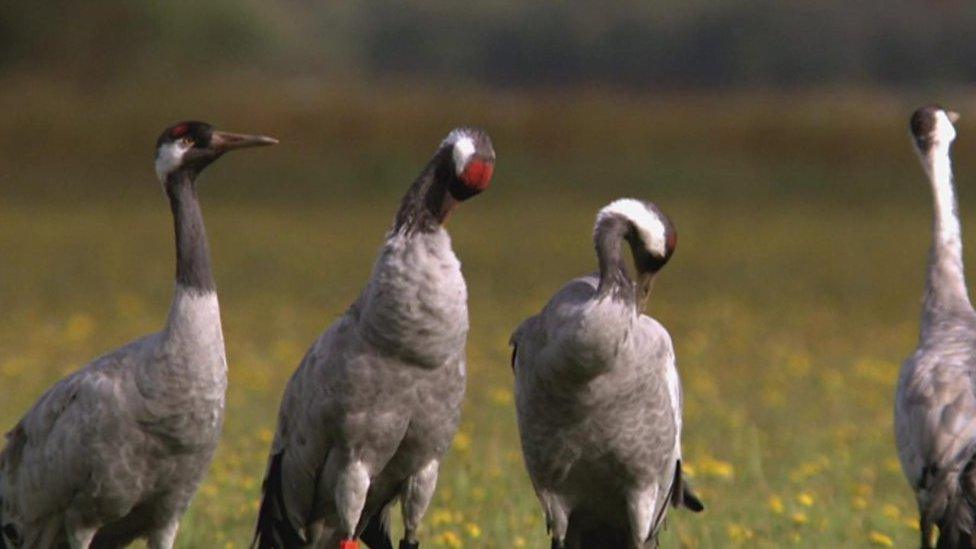
- Published4 June 2019
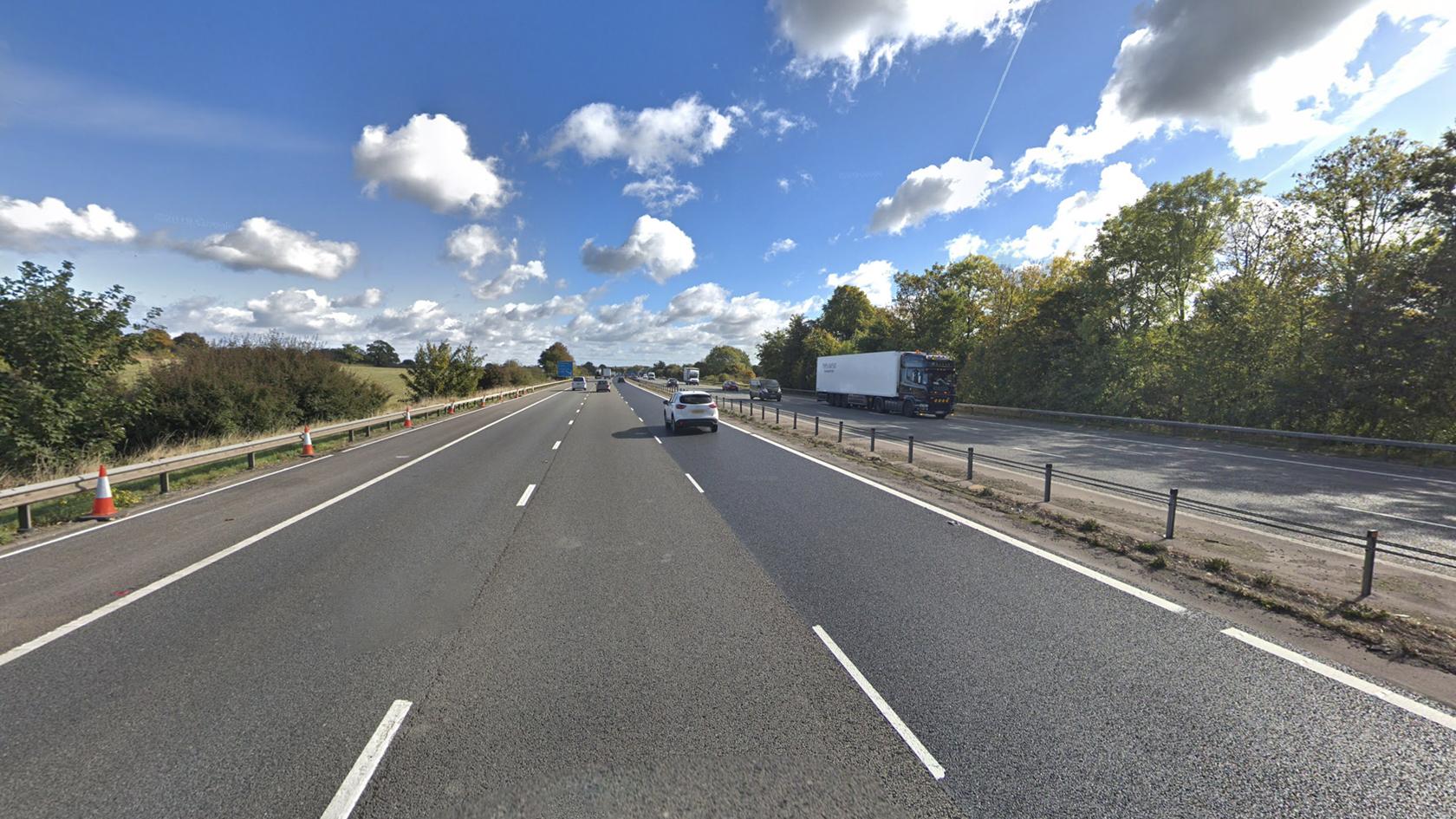
- Published11 February 2018
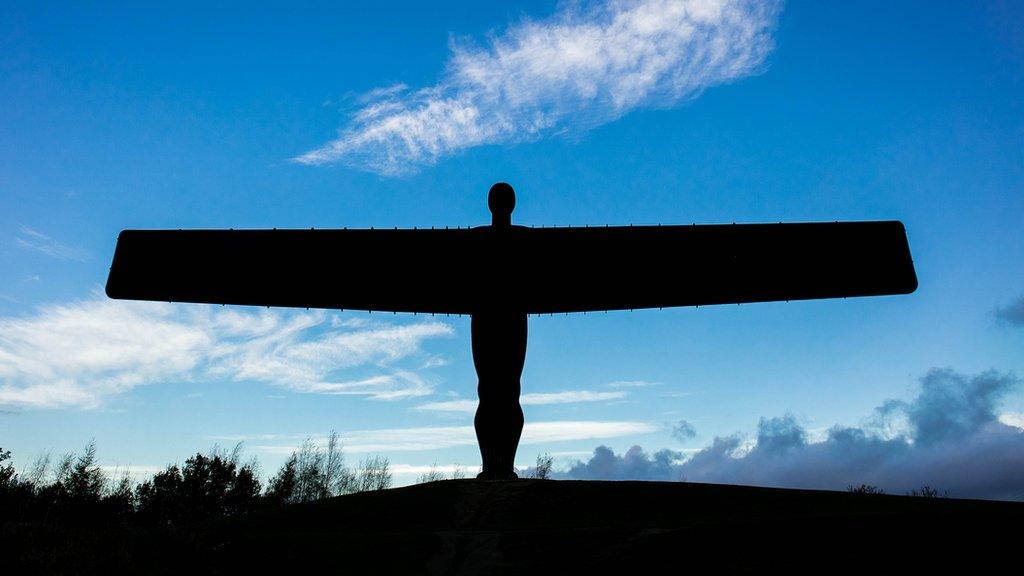
- Published10 January 2020
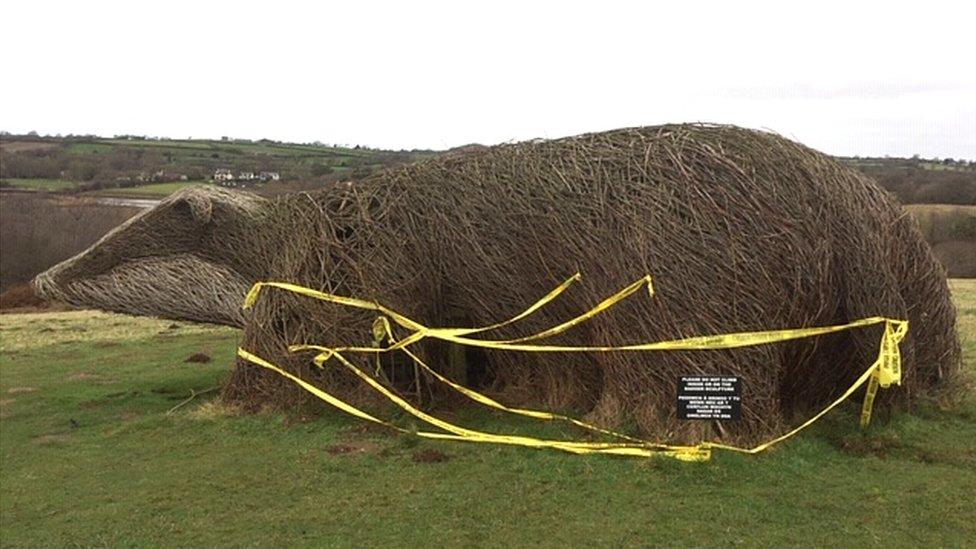
- Published26 September 2019

- Published4 November 2019
